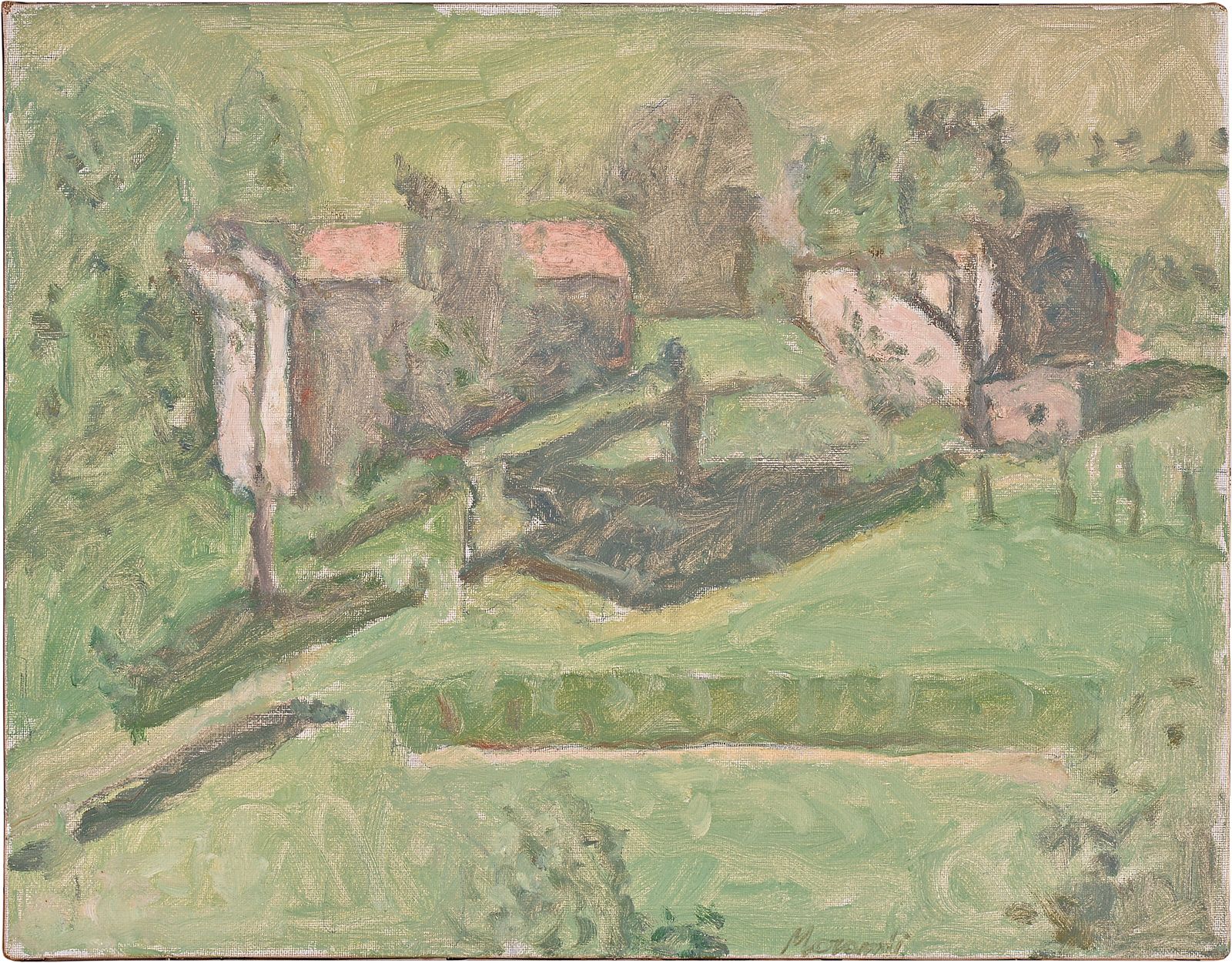Views into the Green
Landscapes in the Work of Freud, Morandi, Sander and Struth
Why has the landscape as motif fascinated not only artists but us, as viewers, for centuries? At first glance, landscapes are only reduced, simplified images of natural spaces in images that bear little relation to any direct experience of nature.
It was only in the mid-19th century that the newly invented paint tubes made it possible to leave the studio and paint outside in the open landscape. In the same way, the still young photographic camera had become the “Pencil of Nature”, as English photographer William Henry Fox Talbot called it. Using this, a landscape could be inscribed directly, without the hand of the artist. Nevertheless, precisely these different translations of nature into images have kept the motif of landscape relevant up to the present day.
In the 1930s/1940s, August Sander explored the ever-changing landscapes of the Middle Rhine in small-format photographs. His fellow photographer Thomas Struth, on the other hand, enlarged his photographs to wall size and so confronted his viewers with the abstract thicket of primeval forests from all the continents. Painter Lucian Freud, for his part, remains in his own London environment: in his Kensington garden or the backyard of his former studio in Paddington. There, he translates shapeless heaps of refuse and his children’s wooden shacks into his own style of relentlessly realistic painting.
Giorgio Morandi also confines himself to his immediate neighbourhood, the cityscapes of Bologna and the surroundings of his country house in Grizzana. Like an abstract painter, he explores how the surfaces of built architecture and grown nature interrelate. In the process, a fence post, a power line, or a chimney may become the prime subject of a painting.
Looking at selected artists already shows what lies behind our fascination with landscape: it is not so much a matter of reproducing, depicting landscape in the image. Instead, it is about allowing the landscape to emerge anew as an image. In this way, such artistic landscapes become unknown spaces that we, the viewers, can explore with our eyes.
Curated by Christian Spies
